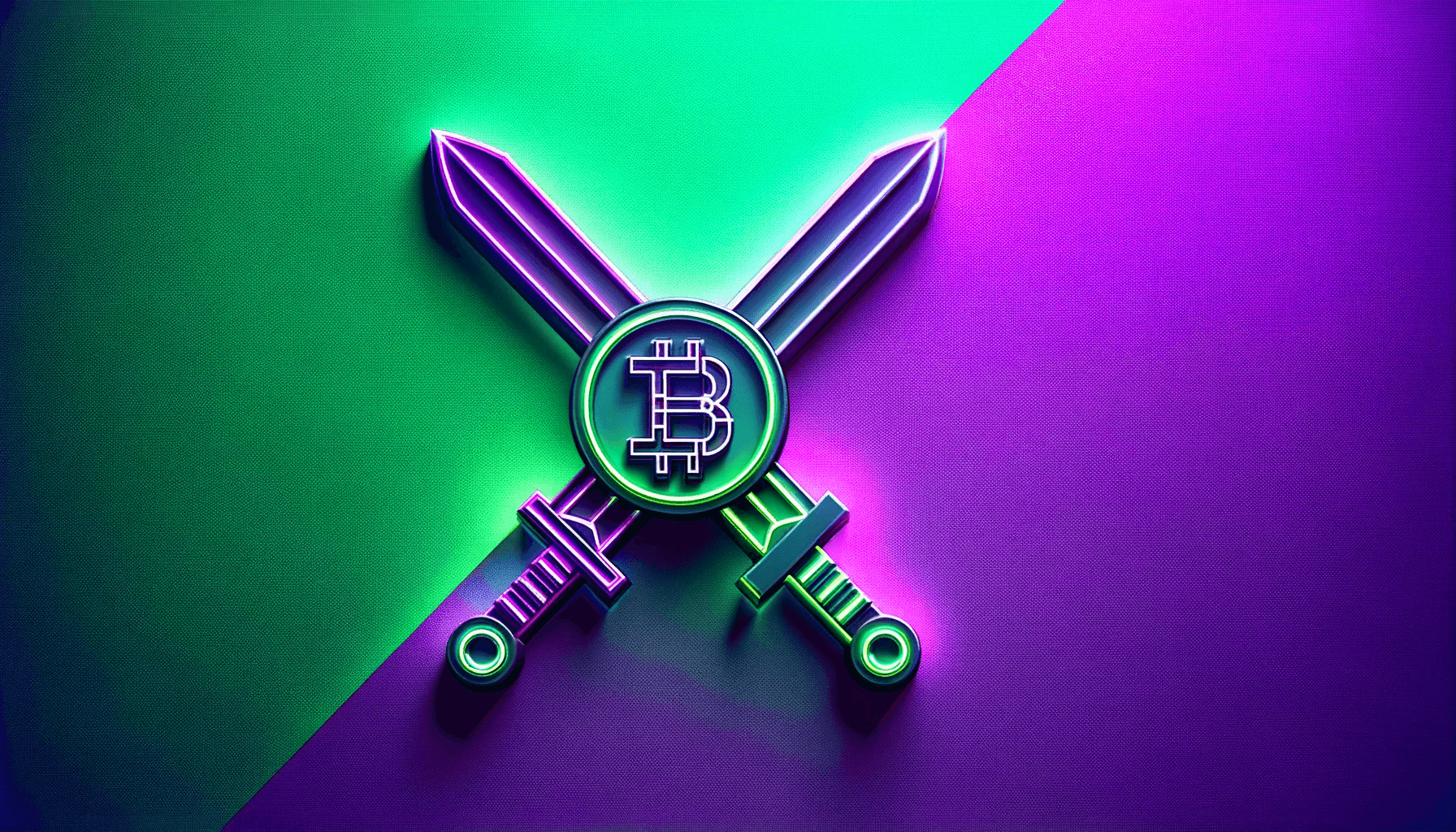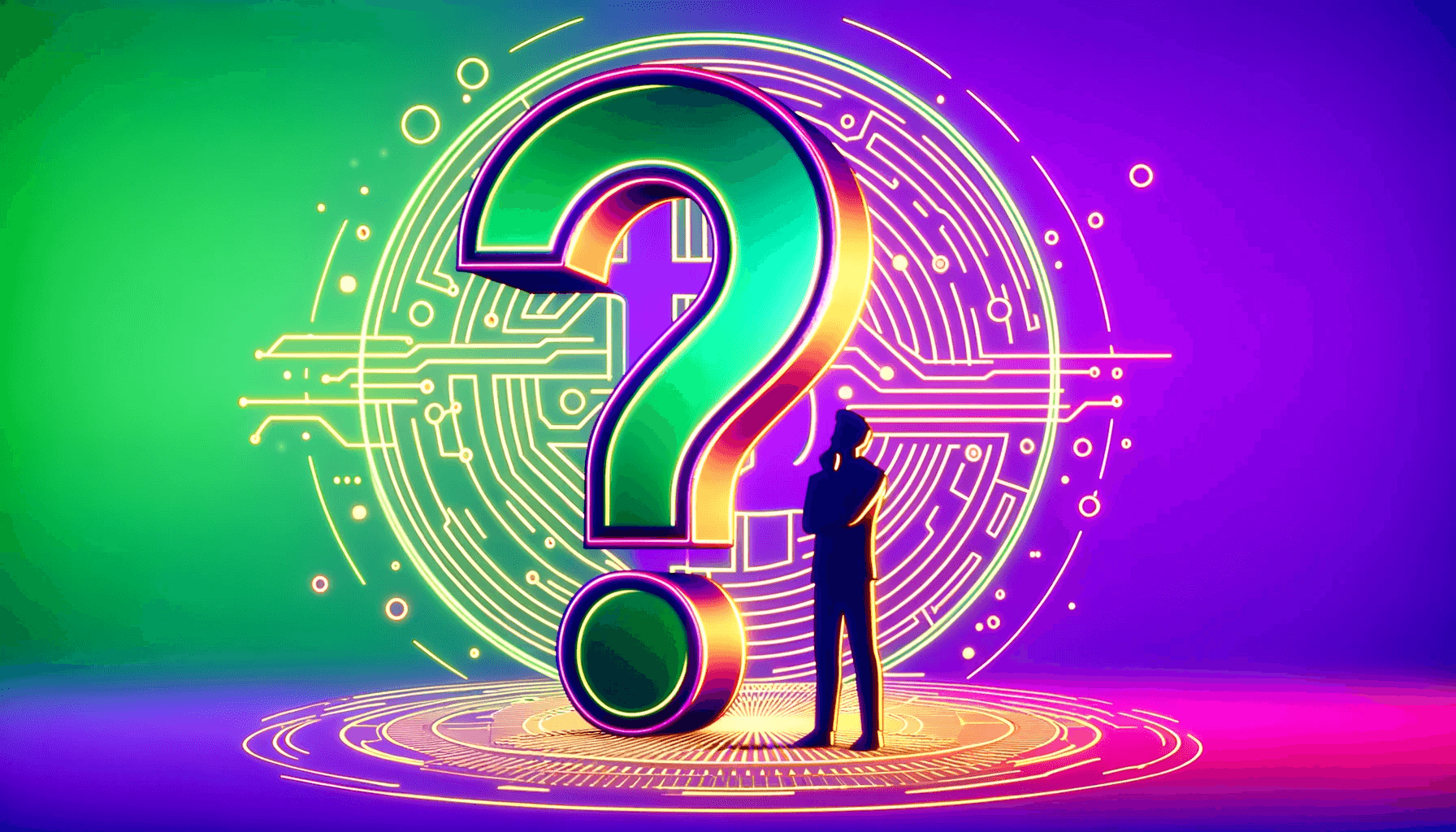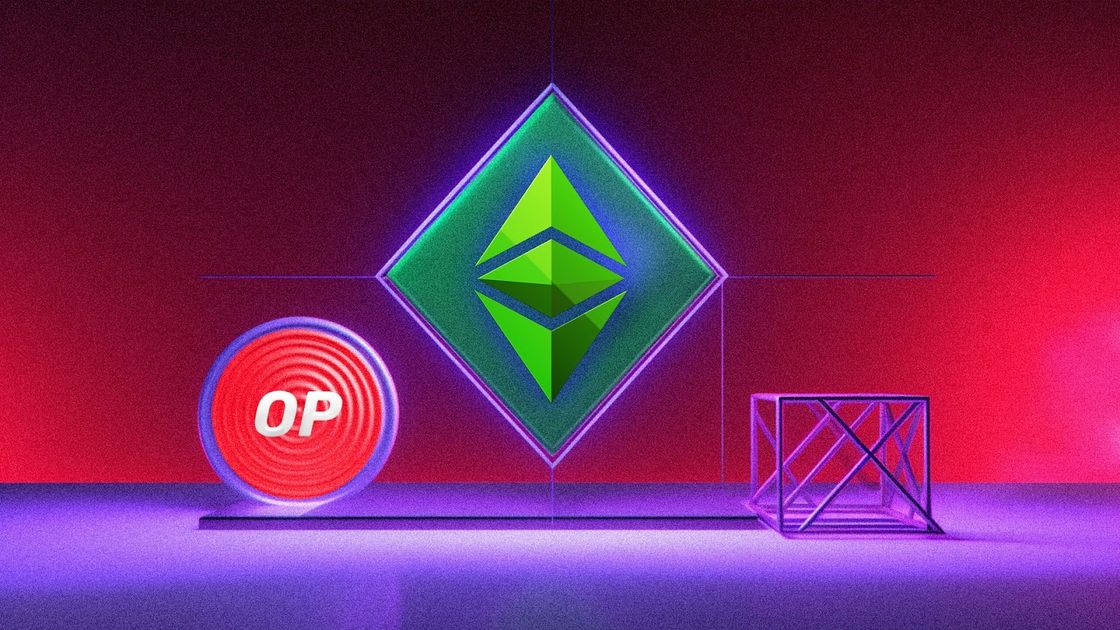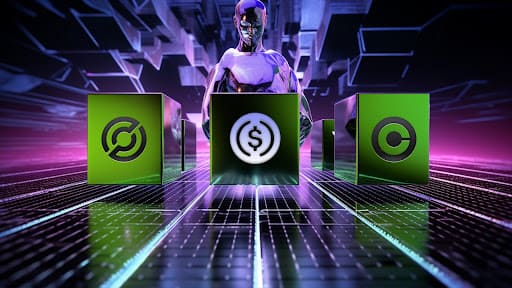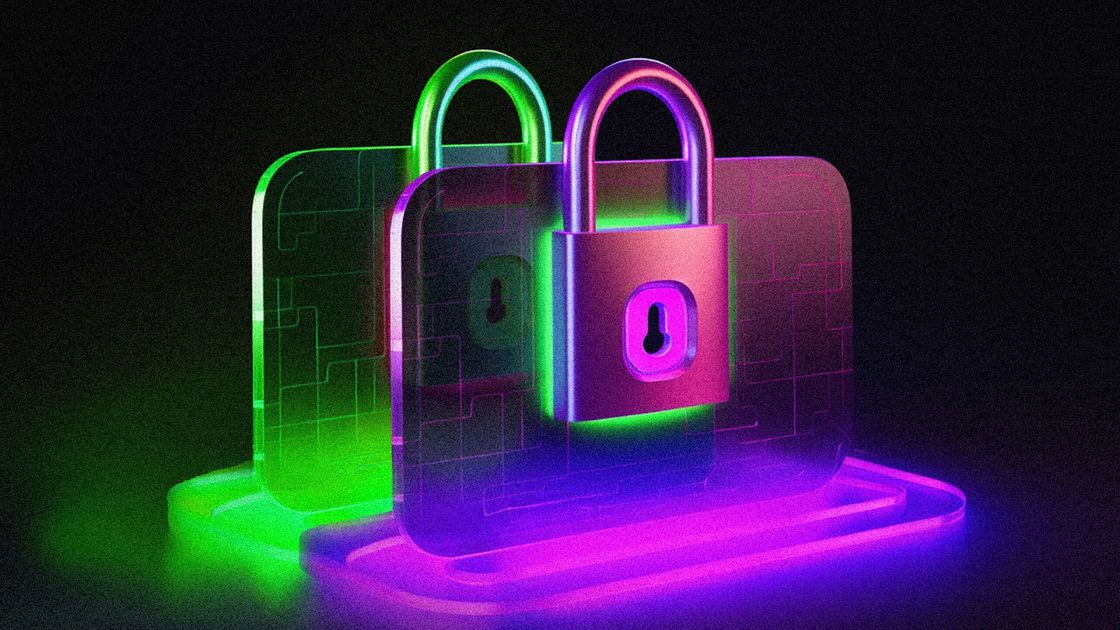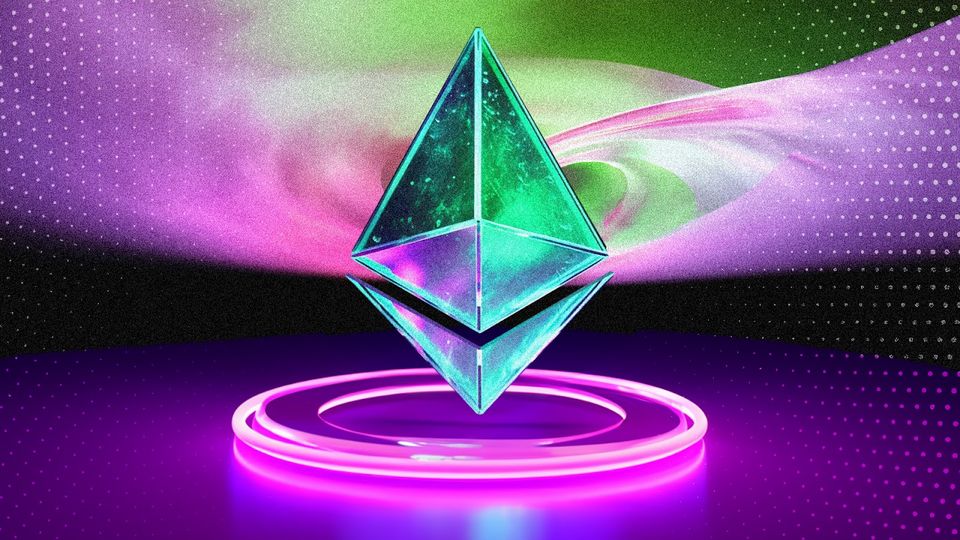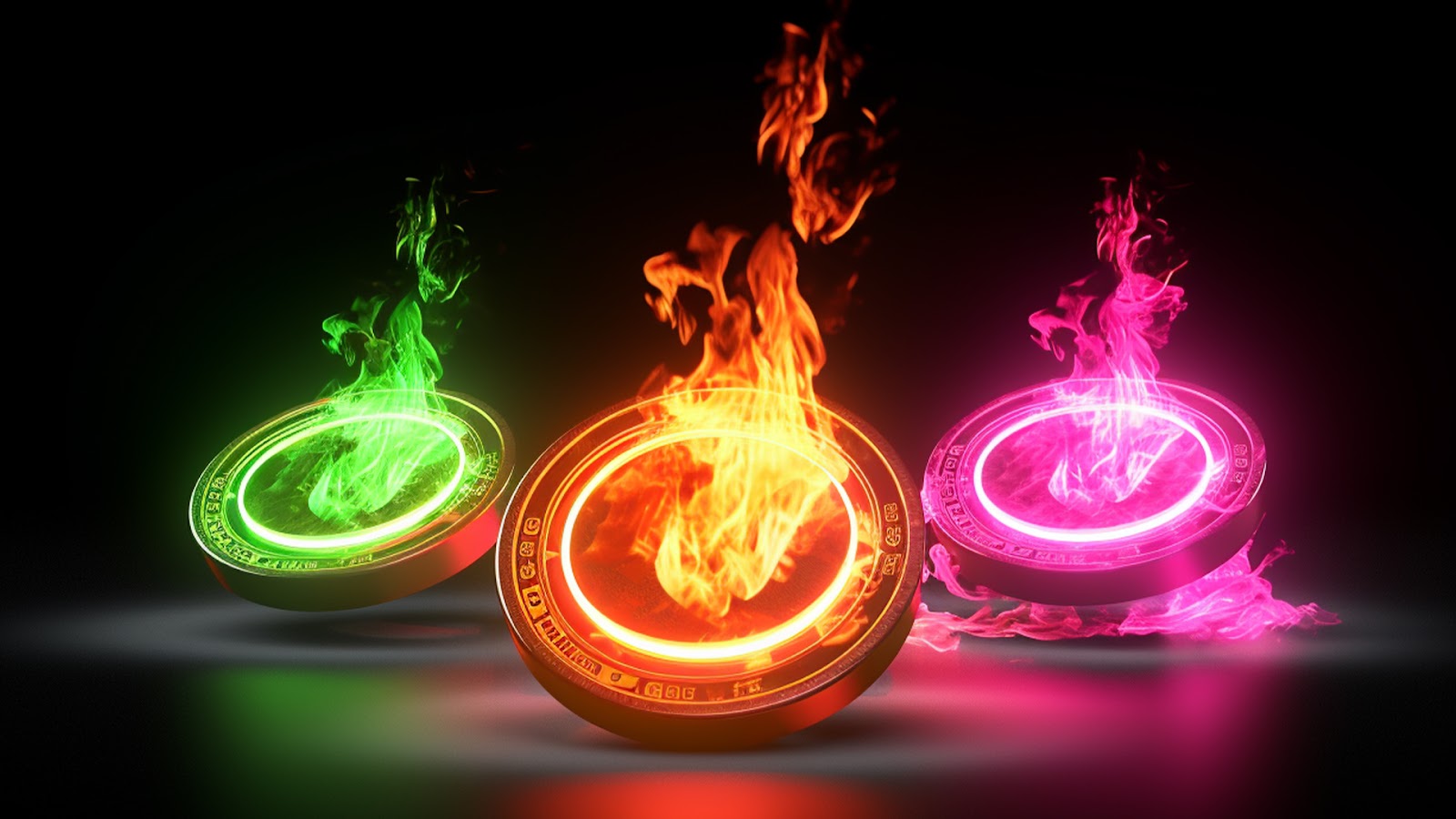
Blockchains revolutionized financial services all over the world, creating decentralization and relative privacy for users to transfer assets and information regardless of their locations. As long as you can connect to the internet, you can transfer money to anyone in the world using cryptocurrency.
But even crypto blockchains are limited in how much privacy they can provide, especially with constant efforts from hackers. The most commonly used blockchains are public blockchains, which record their transactions on a public ledger. This allows anyone who can download the entire blockchain to access all the transaction records.
So if you're looking for a crypto blockchain with more anonymity and privacy, Monero is the network for you. Its blockchain is public, but its properties differ from the conventional cryptocurrency blockchain.
Here's what Monero looks like.
What Is Monero?
Before getting to the blockchain, Monero is a cryptocurrency developed to ensure the privacy of its users' transactions. Every transaction initiated on the Monero network is untraceable, allowing users to hide their identities and details of their transactions from the general public.
Monero launched in 2014, forking off the Bytecoin protocol to form an independent protocol dedicated to decentralization and building a community rather than having a CEO or company running it. The project is a collaborative effort from several standalone units like the Monero Research Lab, Monero Workgroups, the Monero Core Team, and the community. Each of these subunits contributes to the growth of the Monero platform and has an equal stake in the project's affairs.
Monero was initially named BitMonero, although the community had it shortened to simply 'Monero', which means 'coin.'
How Does Monero's Blockchain Work?
The Monero blockchain runs on a proof of work protocol, which was the protocol in vogue at the time it launched. The protocol requires that nodes exist to verify transactions after miners have approved the transaction blocks.
As stated above, Monero's blockchain ensures that transactions are kept private, untraceable, and anonymous despite being a public blockchain. How's that? There are special properties developed on the blockchain that help it mask details of user transactions, from the sender's address to the receiver's address.
The three key properties include:
-
Stealth addresses:
These are simply one-time addresses created for every transaction. Once a sender initiates a transaction on the blockchain, a stealth address is generated to hide the sender's address. For every transaction initiated, there is a stealth address specific to that transaction.
-
Ring signatures:
Ring signatures hide the source of funds in every transfer on the Monero network. This prevents the transacting parties from tracking their transactions. Essentially, when the transaction record is logged with other Monero transactions, the ring signature moves the receiver's funds around on the list, making it difficult to determine sender and receiver wallets.
-
RingCTs:
These are improved forms of the ring signatures, which add masking of transaction details, like the amount, to the functions of the ring signatures.
Now that we know how Monero's blockchain ensures that its users' transactions are untraceable, here's more about mining on Monero.
Mining on Monero
Like every other proof of work protocol, the Monero network uses miners to approve its transactions in blocks, and validators to authenticate such transactions. Users initiate transactions that are grouped into blocks and queued for processing.
The miners set to approve these blocks using their processors, usually advanced systems like ASICs (application-specific integrated circuit), to guess at hash codes generated for individual blocks. Miners get rewards for approving transactions, and that's how new XMR tokens get into circulation.
After they mine the blocks, node validators open the blocks, verifying each transaction and attaching them to the blockchain. Except, while the transactions on other blockchains can be verified by anyone, Monero's transactions require special access before anyone can track them.
PoW: Monero vs. Bitcoin
Monero and Bitcoin are two of the few projects that use the Proof of Work protocol today since Ethereum made the shift to Proof of Stake in 2022. Obviously, you'll find similarities with Bitcoin's mining process in the description of Monero's mining.
But there's a crucial difference. Monero is totally dedicated to its community, and since it's community-run, the mining process favors more members. On Bitcoin, only an elite group of people can mine the blocks profitably because it requires a lot of energy and technology to compete for each block, the kind you can only get from a supercomputer like an ASIC.
Since not everyone can own an ASIC, Monero's community rewrote the proof of work algorithm to allow regular CPUs to handle the mining. Monero's proof of work protocol is described as CPU-friendly and ASIC-resistant, allowing more of its community users to participate in the mining process and earn rewards.
Consequently, Monero's mining process is significantly less complex and energy-intensive, compared with Bitcoin's. Its adoption of a CPU-friendly protocol provides more benefits, such as:
-
Each miner has equal chances of getting rewarded for their efforts. Since all miners use the same grade of processing power, no one is superior to the others.
-
More miners on the network, which secures the servers. The network becomes less susceptible to hacker attacks when there are multiple mining focuses at any point in time.
How Do I Start On Monero?
Starting your investments on Monero begins on the coin's website, where you open a special wallet for your XMR tokens. There are specialized wallets that are compatible with the Monero platform; since privacy and anonymity are the watchwords on Monero, you have to use a different wallet address to transact on the Monero network.
There are GUI wallets and CLI wallets specific to the Monero platform. They have versions for various devices including Windows, Mac, and Android operating systems. There are other wallets that can be synchronized to the Monero blockchain for seamless transactions, like Cake Wallet and Feather.
You can buy XMR directly from the website or decentralized and centralized exchanges like Coinbase, Binance, and Uniswap.
Want more top-tier cryptocurrency content?
Follow Us: X TikTok Instagram Telegram LinkedIn
Sign up to our newsletter at the bottom of the page
Check Out Our Top 10 Crypto Currencies of 2023
This article is intended for educational purposes and is not financial advice.


